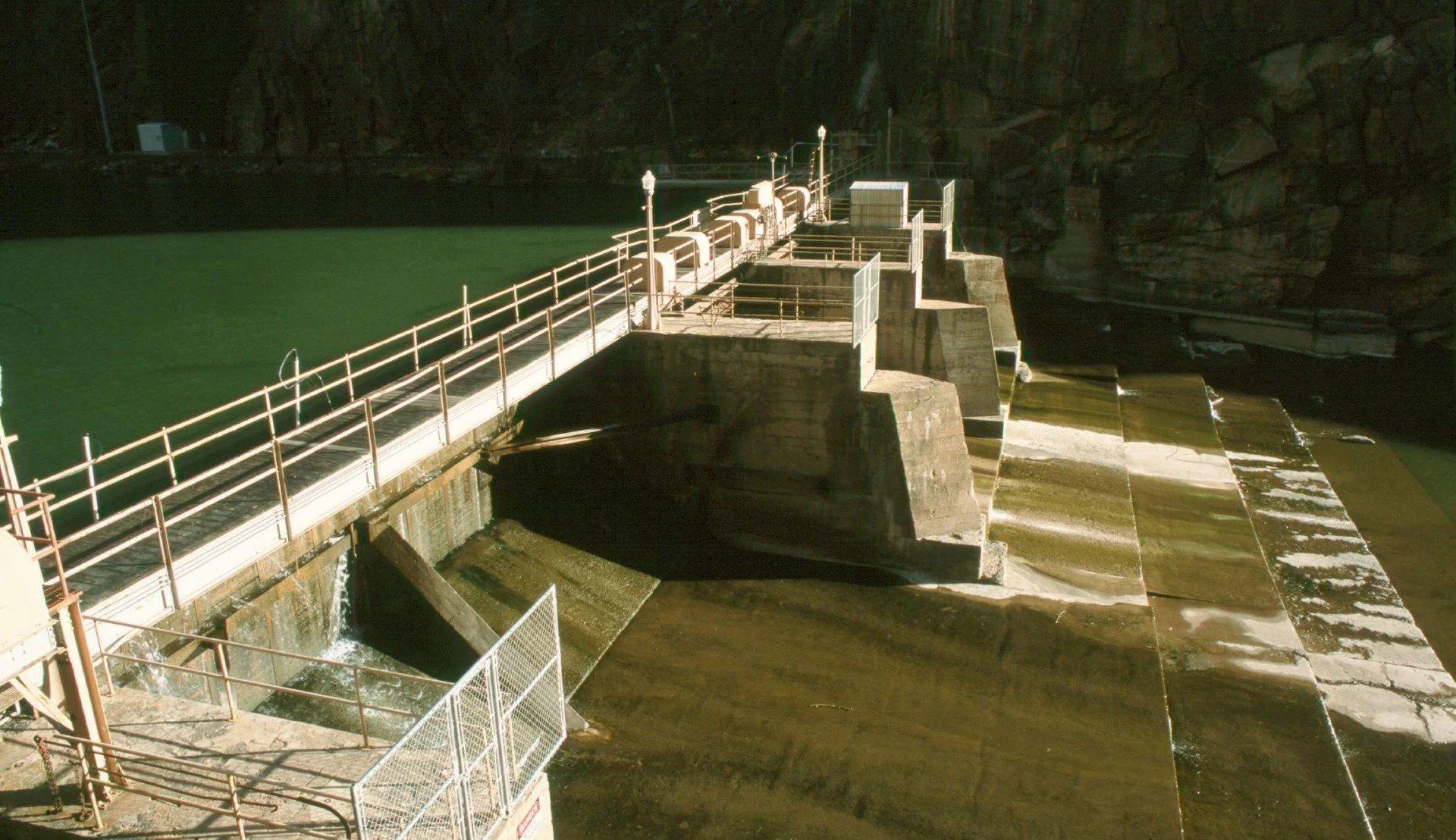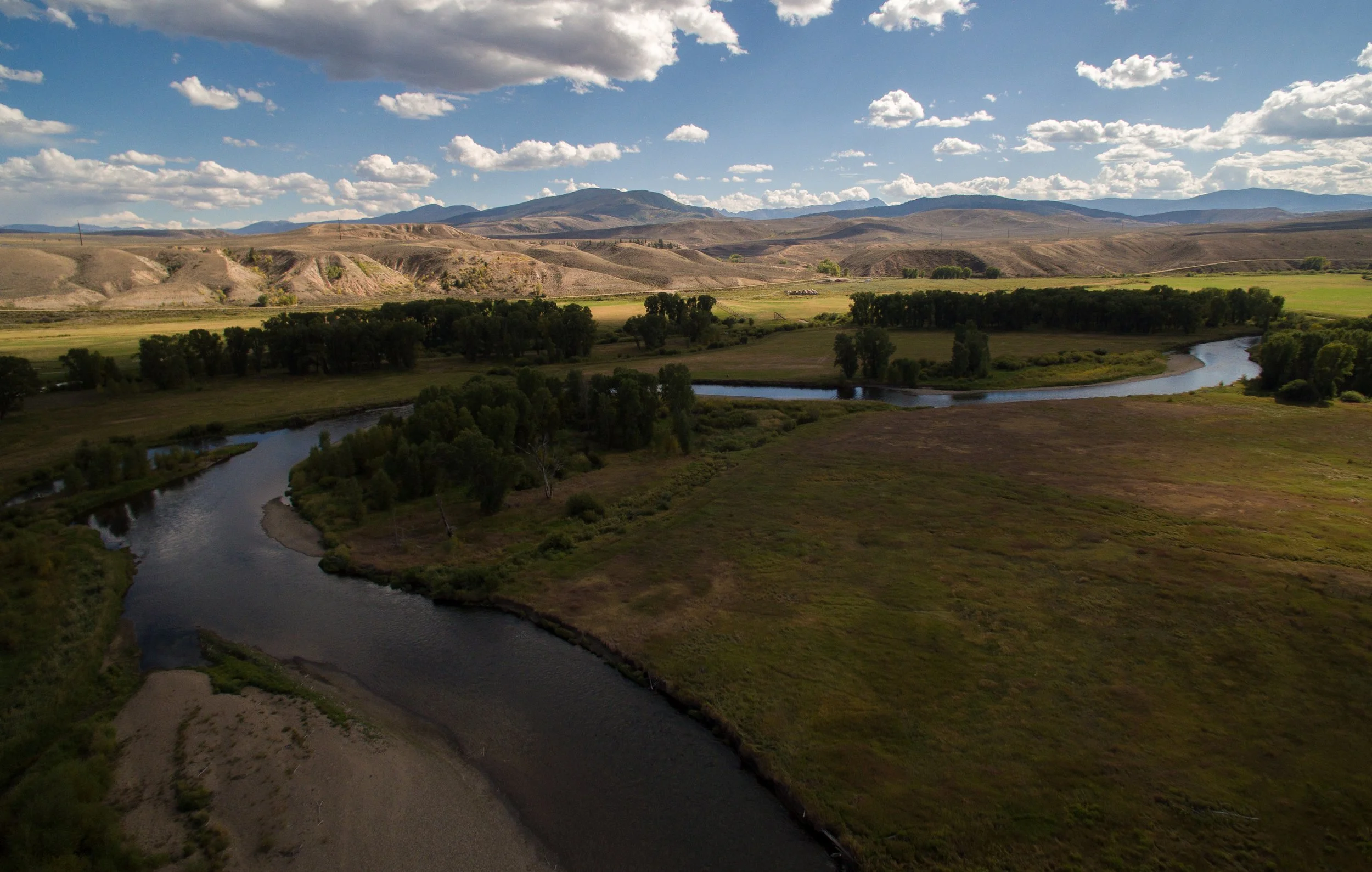Beer? Check. Barbecue? Check. Bands? Check. What more do you need for a good time?
The steady stream of people who turned out for Trout Unlimited’s “Riverstock” event Aug. 17 at the Crooked Creek Saloon in Fraser enjoyed a full day of good vibrations and cold libations in celebration of peace, love and local rivers.
Between sets, they also learned about the looming threats to the Fraser River’s health posed by Denver Water’s proposed expansion of its Moffat diversion project.
Kirk Klancke, president of TU’s Colorado River Headwaters chapter, organized the event with help from local volunteers, as well as the dozen bands (including BlueCat, Hippie Sideshow Hootenanny and Gary Key) who donated their time and talent to the cause.
The Fraser, a key tributary of the Upper Colorado, is the lifeblood of the Fraser Valley, supporting angling, wildlife, outdoor recreation and local communities. But decades of water diversions have left the river depleted and degraded. Already, some 60 percent of the river is diverted to the Front Range for municipal uses. Denver Water’s Moffat expansion would remove another 15 percent, putting the river system on the brink of disaster.
“Unless these projects include adequate protections for our rivers, we could lose our outdoor quality of life and the reason many of us live here in the first place,” said Klancke. “Riverstock sends a message to the big utilities that local people care about our rivers and streams.”
Inside the saloon, a blues guitarist was shredding some serious Stevie Ray Vaughn licks. Outside, in the back courtyard, an acoustic duo held forth with their spin on Simon and Garfunkel.
There was something for everyone.
Also playing were short videos about the Fraser and Upper Colorado rivers and their importance to the recreational businesses and overall quality of life of Grand County. Free bumper stickers, posters, and other educational materials went fast, as well as some far-out tie-died t-shirts.
 Outside at the curb, facing traffic, a giant green trout (Fraser the Trout, Colorado Trout Unlimited’s mascot) waved a sign that read “Save the Fraser River,” eliciting a steady stream of honks from passing motorists.
Outside at the curb, facing traffic, a giant green trout (Fraser the Trout, Colorado Trout Unlimited’s mascot) waved a sign that read “Save the Fraser River,” eliciting a steady stream of honks from passing motorists.
Fraser Valley residents “get it,” notes Klancke, and they’re generally well-informed about the details of Denver Water’s project. They understand the depleted Fraser River is on life support, and they want the river protected from more diversions.
TU is asking Denver Water for three basic protections:
- adequate peak spring flows to help flush the river and keep its riverbed and aquatic habitat healthy and free of choking sediment;
- standards that would prevent Denver Water from diverting water if the river temperature reached levels lethal to fish;
- ongoing monitoring and “adaptive management” that requires Denver Water to adjust its operations if the river shows significant signs of decline in the future.
So far, Denver Water has rejected those commonsense protections.
All proceeds of Riverstock will help benefit TU’s campaign to protect and restore the Fraser River. Go to www.DefendtheColorado.org for more information.
- Randy Scholfield, Director of Communications
Western Water Project, Trout Unlimited









